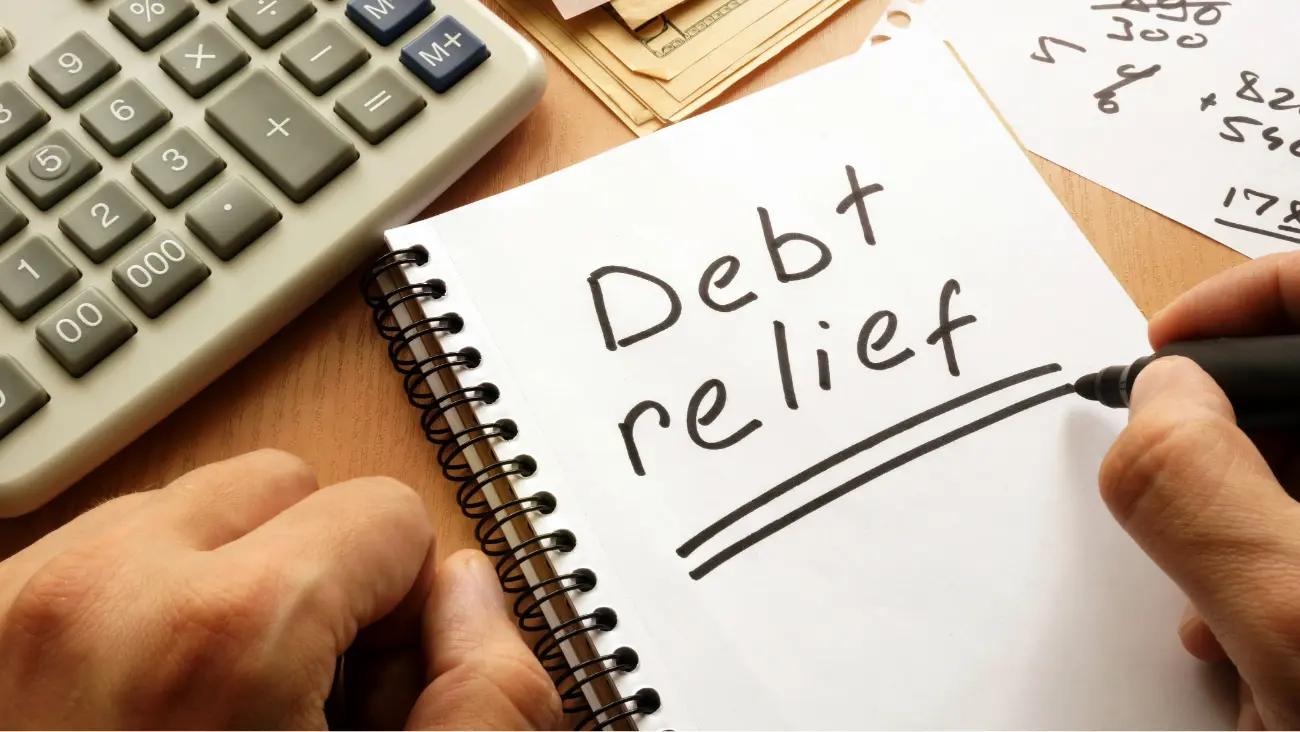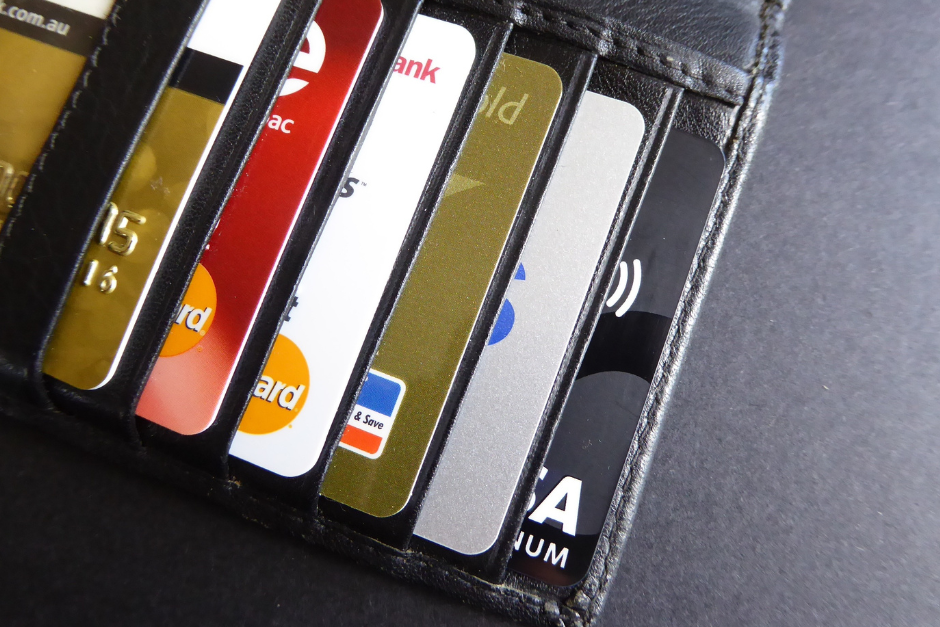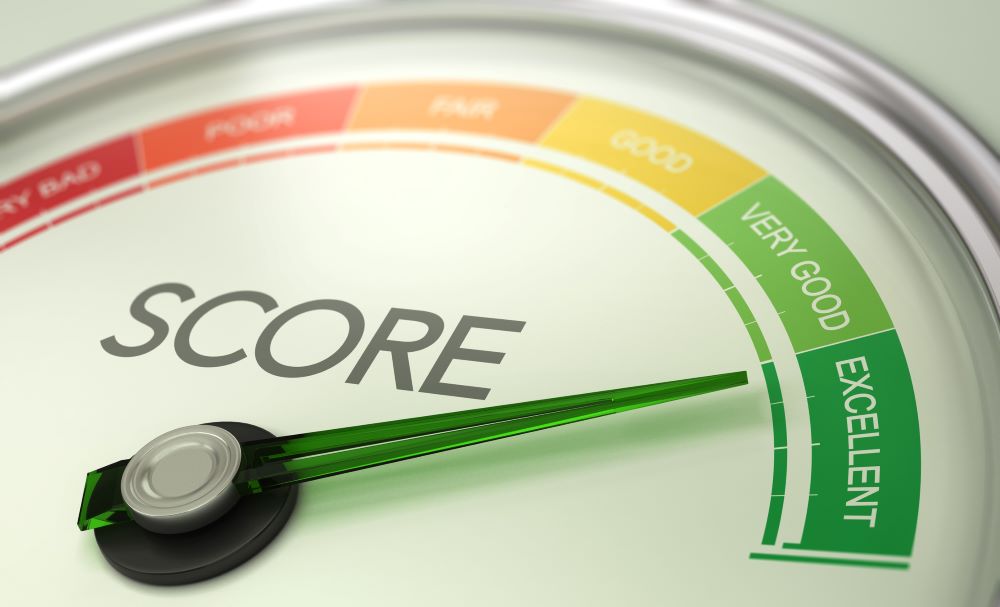Are you drowning in debt, struggling to keep up with payments? Debt relief can be a lifeline. But what exactly is debt relief? When is debt relief necessary?
This article explores what debt relief is, the signs that you might need it, and the different options available to help you manage and reduce your overwhelming debt burden. We cover credit coaching, debt consolidation, settlement, and even bankruptcy, so you can find the strategy that best suits your financial situation and get back on track to financial freedom.
What Is Debt Relief?
Debt relief refers to an active approach to managing and reducing overwhelming debt. It involves seeking assistance from qualified professionals or directly negotiating with creditors to establish a sustainable repayment plan.
The primary objective is to alleviate financial strain and avert potential legal consequences, such as lawsuits or asset repossession. Debt relief encompasses a range of strategies, including credit coaching, debt consolidation, settlement, and even bankruptcy, depending on the severity of the situation.
A credit monitoring service like MyScoreIQ can be valuable throughout the debt relief process. MyScoreIQ can help track progress toward repayment goals, monitor credit reports for inaccuracies, and identify potential issues that could impede debt relief efforts.
Signs Debt Relief May Be Needed
Debt often becomes overwhelming gradually, making it difficult to recognize when it’s time to seek help. Here, we outline key warning signs that indicate you may benefit from debt relief, including struggles with making minimum payments, maxed-out credit cards, and rising debt-to-income ratios.
Inability to Make Minimum Payments
Struggling to consistently cover the minimum payments on your credit cards, loans, or other debts is a major warning sign. This might involve constantly playing catch-up or resorting to one credit card to pay the minimum balance on another.
This creates a dangerous cycle of debt that can quickly spiral out of control. The compounding interest on unpaid minimums can significantly inflate your overall debt burden.
If you find yourself constantly stretched thin just to make minimum payments, it’s a strong indicator that seeking debt relief is necessary.
Maxed-Out Credit Cards
Credit card balances reaching or exceeding your credit limit are a red flag. This indicates heavy reliance on credit for everyday expenses, making it difficult to manage your finances without relying on borrowing.
If you find yourself consistently unable to pay off your credit card balances each month, the interest charges can quickly snowball. This can lead to a situation where you’re only paying the minimum amount due, with the remaining balance continuing to accrue significant interest.
Maxed-out credit cards increase your credit utilization ratio, which not only can signify potential financial strain but can also negatively impact your credit score. This can make it more challenging and expensive to qualify for future loans or lines of credit.
Debt-to-Income Ratio Exceeding Recommended Limits
Your debt-to-income (DTI) ratio is a crucial metric that measures the portion of your monthly income dedicated to debt payments. It’s calculated by dividing your total monthly debt obligations (minimum payments for credit cards, loans, etc.) by your gross monthly income (income before taxes).
Ideally, you want to keep your DTI ratio below 36% for a healthy financial situation. However, a DTI exceeding 43% can indicate a significant debt burden and raise red flags for lenders.
If your DTI ratio surpasses the recommended limits, it indicates a substantial portion of your income goes towards servicing debt, leaving less for essential expenses and saving for the future. This can make it challenging to manage your finances effectively and put you at risk of falling behind on payments.
Creditor Calls and Collection Actions
Being bombarded with frequent calls from creditors or debt collectors is a clear sign that your debt requires attention. These calls often become more persistent and aggressive as your delinquencies worsen. If your accounts are sent to collections, it indicates a more serious stage of debt collection. This can involve legal action threats, wage garnishment, and bank account freezes to recover outstanding debts.
Persistent creditor calls and collection actions are not only stressful but also a strong indicator that your debt has reached a critical point. Seeking debt relief at this stage can help you negotiate with creditors, establish a manageable repayment plan, and potentially avoid legal repercussions.
Difficulty Meeting Basic Living Expenses
When your debt causes everyday necessities like housing, utilities, groceries, and transportation to become a constant source of financial strain, it’s a sign that debt relief is necessary. This scenario often involves relying on credit cards or loans to cover these basic living costs.
If you find yourself constantly struggling to make ends meet despite your income, it’s a clear indicator that your debt payments are likely consuming a significant portion of your resources. This can leave you with little to no room for saving or building an emergency fund, making you even more vulnerable to financial setbacks.
Types of Debt Relief
There are several forms of debt relief available to help manage and reduce your debt burden. Each approach has its benefits and drawbacks, so it’s essential to understand which option aligns with your financial situation. Let’s explore the different types of debt relief, from credit coaching to debt settlement.
Credit Coaching
Credit coaching services can be a valuable starting point for anyone struggling with overwhelming debt. Credit coaching provides free or low-cost financial advice and guidance. Certified credit coaches can review your finances, including income, expenses, and debt obligations.
Through credit coaching, you can develop a personalized Debt Management Plan (DMP). This plan consolidates multiple debts into a single monthly payment. Your funds are then distributed to your creditors according to the agreed-upon repayment schedule. DMPs can often negotiate lower interest rates with creditors, potentially reducing your overall debt burden.
Advantages:
- Expert Guidance: Credit coaches offer a professional and objective perspective on your financial situation. They can help you develop realistic goals and create a workable plan to manage your debt.
- Potential Interest Rate Reduction: Credit coaches may be able to negotiate lower interest rates with your creditors on your behalf, saving you money in the long run.
Disadvantages:
- Enrollment Fees: Some credit coaches may charge enrollment or monthly fees for their services.
- Impact on Credit Score: Enrolling in a DMP may initially cause a slight dip in your credit score as it reflects a change in your credit accounts. However, successfully completing the program can significantly improve your credit score over time.
Debt Consolidation
Debt consolidation involves combining multiple debts, typically high-interest credit card balances, into a single loan with a lower interest rate. This can simplify your repayment process by reducing the number of monthly bills you need to manage. Secured or unsecured personal loans can be used to consolidate debt. Secured loans require collateral and typically offer lower interest rates, while unsecured loans do not require collateral but have higher interest rates.
Advantages:
- Simplified Repayment: Debt consolidation reduces the number of monthly bills, making budgeting and tracking progress easier.
- Potentially Lower Interest Rates: Consolidating to a lower interest rate loan can save you money on interest charges over the long term.
- Improved Cash Flow: Lower monthly payments can free up additional cash for essential expenses or debt repayment.
Disadvantages:
- Risk of Extending Debt: Debt consolidation can extend your repayment timeline, potentially leading to paying more interest overall if not managed carefully.
- Qualification Requirements: Qualifying for a debt consolidation loan with a favorable interest rate may require a good credit score and steady income.
Debt Settlement
Debt settlement involves negotiating with creditors to settle your outstanding debt for a lump sum payment that’s significantly less than the amount owed. This strategy can be appealing when dealing with overwhelming debt, but it’s important to understand that debt settlement has a severe negative impact on your credit score. Settled accounts typically remain on your credit report for up to seven years and can significantly reduce your creditworthiness. Additionally, the forgiven debt amount may be considered taxable income by the IRS.
Advantages:
- Significant Debt Reduction: Debt settlement can offer a faster way to become debt-free by significantly reducing your overall debt burden.
- Reduced Monthly Payments: While not always the case, debt settlement can sometimes lead to the elimination of ongoing monthly payments, freeing up cash flow.
Disadvantages:
- Long-Term Credit Damage: The negative impact on your credit score can make it difficult to qualify for loans or favorable interest rates for several years.
- Uncertainty of Success: Negotiation success can vary, and there’s no guarantee that creditors will agree to a settlement offer.
Bankruptcy
When other debt relief options are not feasible, bankruptcy may be the final solution for those facing insurmountable debt. Bankruptcy is a legal process that helps individuals eliminate or restructure their debt, offering a fresh start. However, it has long-term financial consequences, so it should only be considered as a last resort.
There are two primary types of bankruptcy for individuals: Chapter 7 and Chapter 13.
- Chapter 7 (Liquidation): In a Chapter 7 bankruptcy, the debtor’s non-exempt assets are liquidated to pay off creditors. This is often the preferred option for individuals with little to no disposable income, as it allows them to wipe out most unsecured debts (such as credit card debt and medical bills) within a few months. However, some assets may be sold to repay creditors, and not all debts, like student loans or child support, can be discharged.
- Chapter 13 (Reorganization): In Chapter 13 bankruptcy, debtors propose a repayment plan to repay a portion of their debts over three to five years. This option is typically used by individuals with a steady income who can afford to make monthly payments. Unlike Chapter 7, Chapter 13 allows individuals to keep their assets while catching up on missed payments for secured debts, such as a mortgage or car loan.
While bankruptcy can provide relief from overwhelming debt, it comes with significant drawbacks:
- Severe Impact on Credit Score: Filing for bankruptcy can have a significant negative impact on your credit score and stay on your credit report for up to 10 years (for Chapter 7) or 7 years (for Chapter 13). This can make it challenging to secure new lines of credit or loans.
- Loss of Assets: In Chapter 7, certain assets may be liquidated to satisfy creditors, and in Chapter 13, you’ll be required to follow a strict repayment plan.
- Difficulty Securing Future Credit: After bankruptcy, lenders may see you as a high-risk borrower, making it difficult to qualify for favorable interest rates or credit cards.
Bankruptcy should be considered only after evaluating all other debt relief options, such as credit coaching, debt consolidation, or debt settlement. It’s important to consult a qualified bankruptcy attorney to fully understand the implications and determine if this path is right for your situation.
Bottom Line
Debt relief can be a powerful tool to help you regain control of your finances. Recognizing the warning signs and exploring the different debt relief options available can help you find the strategy that best suits your needs.
Around-the-clock credit report monitoring with real-time alerts through MyScoreIQ can be a valuable companion throughout this process. MyScoreIQ can help you track your progress toward your debt repayment goals, monitor your credit report for inaccuracies, and identify potential issues that could hinder your debt relief efforts. Get started with MyScoreIQ today to protect your financial wellness.










